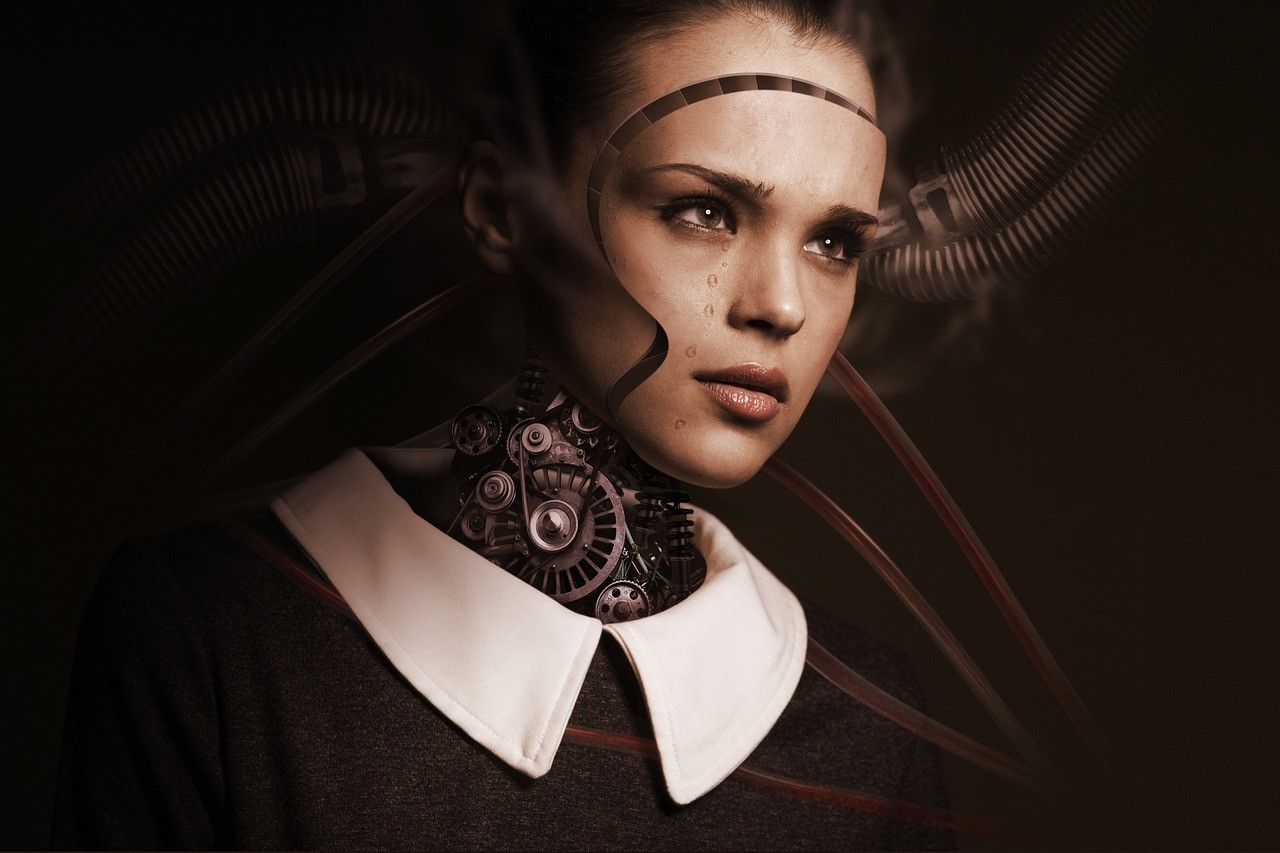The Benefits of AI in Higher Education and the Creative Industries
Guest Correspondence
SRQ DAILY SATURDAY PERSPECTIVES EDITION
SATURDAY MAY 27, 2023 |
BY DR. LARRY THOMPSON
It seems everywhere you look (or listen) these days, the world of Artificial Intelligence (AI) has the spotlight, front and center. And for good reason — this incredible technology is certainly here, and here to stay. As president of Ringling College of Art and Design, where we teach majors such as Illustration and Fine Arts, Creative Writing and Computer Animation, I have been getting this question a lot: What does AI mean for the future of art and design?
That’s a fairly loaded question. It’s one I don’t believe any of us can answer with absolute certainty. But here’s what I do know: CREATIVITY IS THE FUTURE.
The creative economy comprises the arts, culture and technology industries and is one of the world’s most rapidly growing sectors, already contributing up to 10% of the global GDP according to the recent United Nations Conference on Trade and Development. These industries generate over $2.3 trillion annually and provide up to 8% of jobs worldwide. What’s more, the rate of these industries’ continued growth is astronomical.
AI made remarkable strides in recent years and is already revolutionizing many enterprise industries such as retail, healthcare, banking and finance, sales, cybersecurity, manufacturing and even transportation. I’ve read in various articles that by 2030, one in every 10 cars will be self-driving, and ChatGPT — OpenAI’s language-processing chatbot — recorded 1 million users within the first five days of its public release.
Those statistics aside, one thing we know is AI has a great weakness: it is not human. AI is only as good as its algorithms, programmed information and training data. Recent reports confirm that for now, not all of the information is reliable. Not being human also means AI is not creative. It does not have empathy or feelings. It relies entirely on content which already exists. And, it has no imagination. Therefore, AI cannot come up with something totally new and unique.
All of this is not to say AI cannot immensely benefit creatives and creative industries. At Ringling College, we are not afraid of AI. We are embracing it. We view this technology as a new companion, not a competitor. Can you imagine how many mathematicians worried their jobs would be lost with the advent of the calculator and then the computer? The same is true here. AI is another tool for students to use, much like they use their computer as a digital paintbrush or their VR headset as a tool to bring immersive experiences to life.
From personalized learning experiences and administrative automation in higher education to enhanced creativity and content discovery, AI is revolutionizing the way we can work through tasks and assignments. Eventually, the more tedious and time-consuming work such as color correction, image processing and basic design creation can be automated. As a result, this frees up more time for the creatives to focus on more conceptual and blue-sky tasks such as even broader creative and design thinking, problem-solving and innovating.
In order to meet the needs of a changing world — and more specifically the world of art and design education — Ringling College established an internal Artificial Intelligence Task Group. Key faculty members will work alongside experts to research and understand how to best implement AI into our curricula, teaching practices and student learning outcomes. Just as the College was the first to establish a 3D Computer Animation program in the 1990s, to offer a business-focused program at an art school, and to create a Virtual Reality Development BFA, we want to ensure we remain a leading institution that is forever future-focused.
As we enter this new and exciting era, the skills of imagination, innovation and authentic creativity will be paramount. I am proud to lead an institution like Ringling College where we prepare students for success in tomorrow’s world, positioning them to emerge as leaders in an economy that relies heavily on creative skills and thinking. Embracing AI in higher education and the creative industries is key to remaining at the forefront, harnessing the full potential of all types of technology for the benefit of students, artists and society as a whole.
So yes, AI is here to stay. But the future is still for the creatives.
Dr. Larry R. Thompson is president of Ringling College of Art and Design.
« View The Saturday May 27, 2023 SRQ Daily Edition
« Back To SRQ Daily Archive









